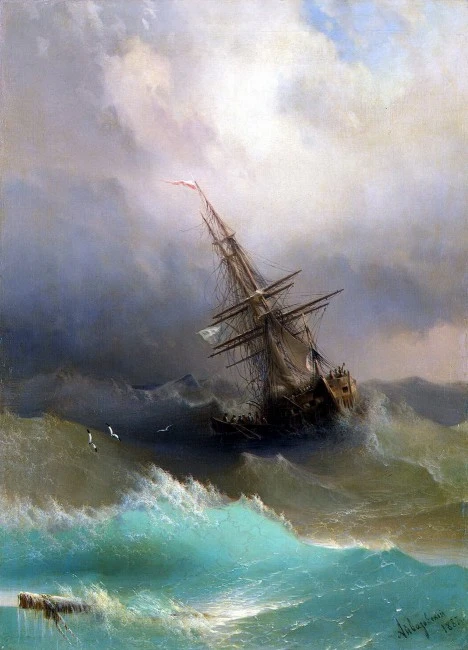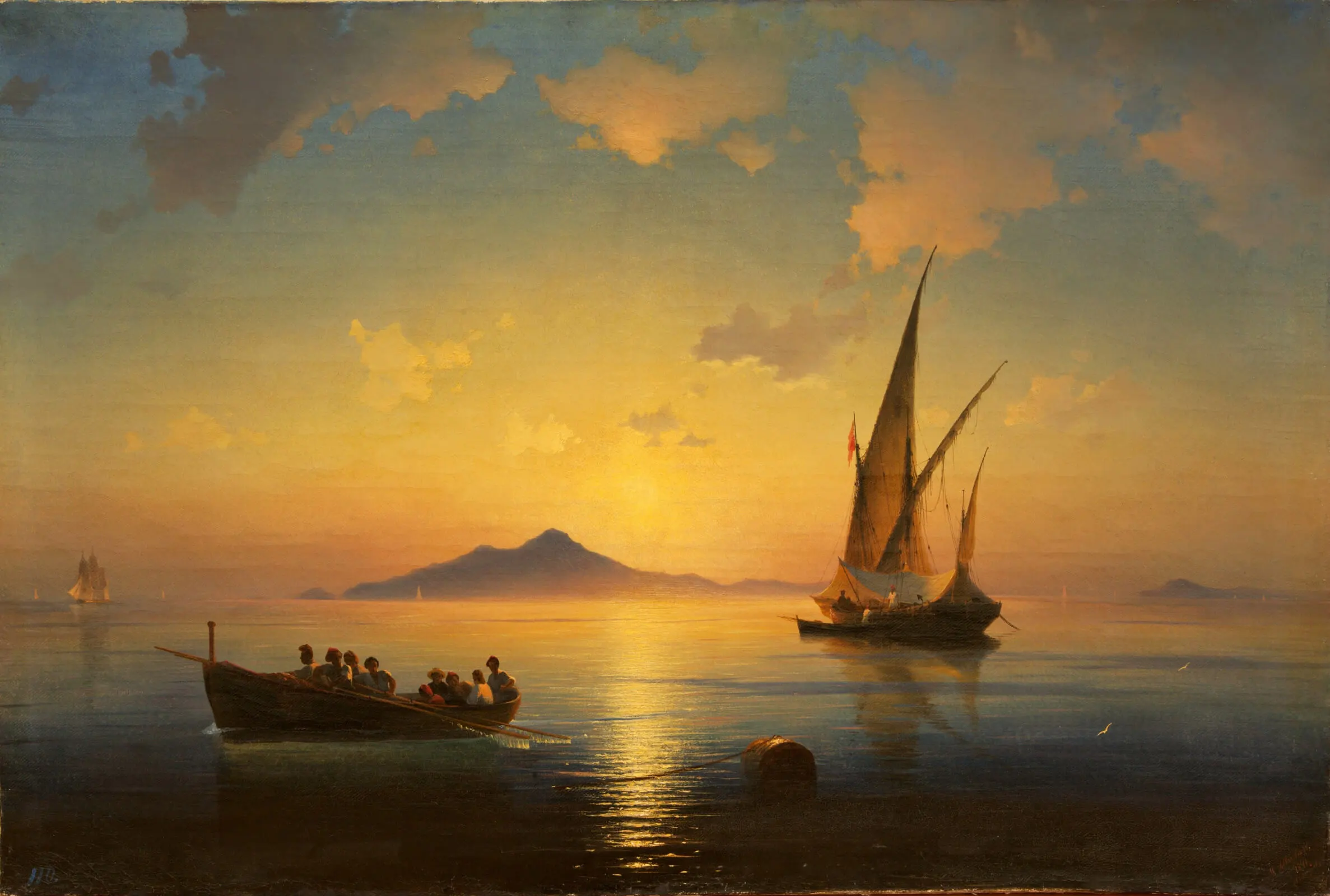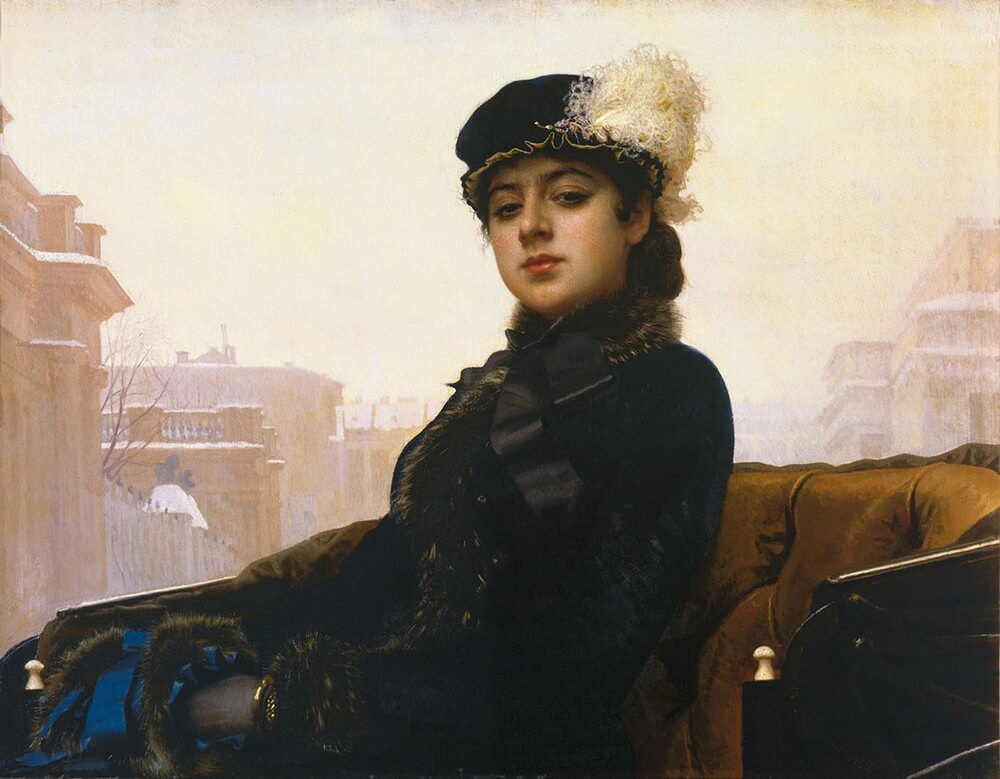Boris Kustodiev Artist - Biography and Paintings
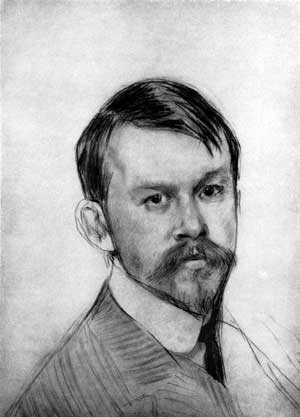
The artistic talent of Boris Mikhailovich Kustodiev, who is a world-famous representative of the Russian painting school of the past century, gave us a nostalgic world, sunny and joyful, emphasizing the feeling of a holiday with bright colors. Being a student of Ilya Repin, Kustodiev not only inherited Repin's manner and style, but also introduced a play of colors inherent only to him, one charging with positiveness and sense of happiness. It is worth noting that the formation of Boris Mikhailovich as an artist began well before he met his future teacher; this is evidenced by his work, imbued with the echo of childhood affections and experiences.
Kustodiev was born in the family of a seminary teacher in 1878 in Astrakhan. Fate decreed that Boris's father passed away when the boy was only over a year old, and all responsibility for the upbringing fell on the fragile shoulders of his mother - a 25-year-old widow with four children. Despite a very modest income, the family managed to live in harmony, and motherly love brightened up all difficulties of life, providing the opportunity to form a creative personality. It was mother, Ekaterina Prokhorovna, who instilled in children a love for high art - theater, literature, painting. Such upbringing clearly determined the future of Boris, and at the age of 9 he already knew that he would become an artist.
In 1892, having entered the Astrakhan Theological Seminary, Kustodiev started taking lessons from the local painter A.P. Vlasov. With the blessing of Vlasov, in 1896 Kustodiev became a student of the St. Petersburg Academy of Arts and after two years was eventually admitted to the workshop of Ilya Repin. The great artist immediately drew attention to his new student, placing great hopes on him, which eventually resulted in their joint work on a monumental canvas - "Solemn meeting of the State Council on May 7, 1901". The result of such a successful start was a graduate work awarded with a gold medal and an internship abroad. On his journey to Europe, the artist went with a young family, a recently born son and a young wife - Yulia Evstafievna Proshinskaya.
Subsequently, in 1905, as a tribute to the fateful meeting with his love, Kustodiev built a house-workshop "Terem" close to the Kineshma, on the Volga river. "Terem" became the place of work and creativity for the artist, and here, almost every summer, Boris Mikhailovich used to be seized by a feeling commonly referred to as happiness, inspiring him to be creative and to realize the fullness of life. The beloved wife, who became a faithful helper, as well as his son and daughter, in the indestructible concept of the family were reflected in the artist's work and became a separate big theme in his painting (painting "Morning").
Next year, in 1904, the artist spent several months abroad, in Paris and Madrid, visiting exhibitions and museums. The motherland called Boris Mikhailovich back and, upon returning to Russia, Kustodiev plunged into the world of journalism, collaborating with the satirical magazines "Buggle" and "Hell's Post". So, the first Russian revolution prompted him to try his hand at cartoons and caricatures of state officials.
The year 1907 was eventful and included a trip to Italy, passion for sculpture, and membership in the Union of Artists. In 1908 the world of theater opened up for Kustodiev - he worked as a decorator at the Mariinsky. The popularity of Boris Mikhailovich is growing, with the fame of the portrait painter becoming the reason for the famous work of Nicholas II in 1915, but long before that, in 1909, trouble came to the his family - the first signs of a spinal cord tumor appear. Despite this, he keeps traveling actively throughout Europe, receiving the title of academician of painting in the same year. Having visited Austria, Italy, France, and Germany, Kustodiev moves to Switzerland to undergo treatment. After that, in Berlin in 1913, he underwent a complex operation.
The disease seemed to recede and 1914 was marked by exhibitions at the Bernheim Gallery in Paris, International Art Exhibitions in Venice and Rome. In 1916, Kustodiev underwent a second operation in St. Petersburg, resulting in paralysis of the lower body and amputation of the legs. Since then, the artist's entire world has been limited to his room, memory, and imagination. During this period he painted his most vivid and festive paintings, depicting provincial life ("A merchant's wife at tea", "Rural holiday") and the beauty of the body ("Beauty").
However, the cheerfulness and optimism are unable to beat the disease, which, as it progresses, gives the artist one single lifetime exhibition of his own works in 1920 at the Petrograd House of Arts. The last milestones in his life were marked by the design of the play "The Flea" and participation in the International Exhibition in Paris.
In 1927, on May 26, at the age of 49, Boris Mikhailovich dies literally while working on a sketch of the triptych "The Joy of Work and Rest". This was the end of his life, difficult, but full of light and joyful notes, life of the famous artist who left us as a legacy of great paintings demonstrating a thirst for life and knowledge.
Comments (0)
Top
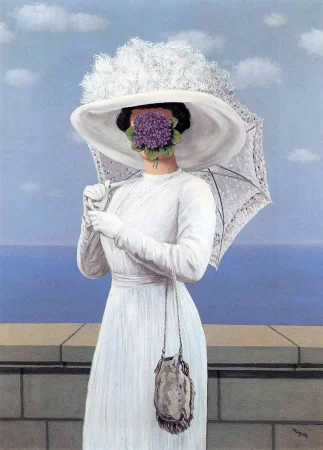 Painting The Great War, Rene Magritte - Meaning and Analysis
Painting The Great War, Rene Magritte - Meaning and Analysis
The Great War - Rene Magritte. Canvas, oil. 81 x 60 cm...
10.10.23
1 086
0
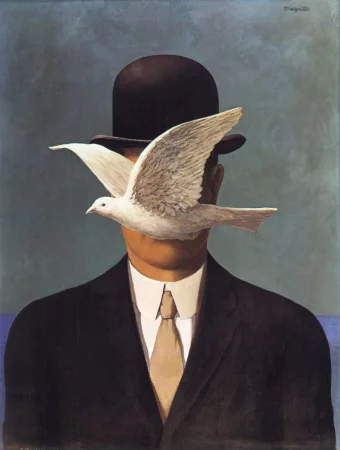 The man in the bowler hat, Rene Magritte
The man in the bowler hat, Rene Magritte
The man in the bowler hat - Rene Magritte. Canvas, oil. 70 x 50 cm...
06.09.23
2 725
0

